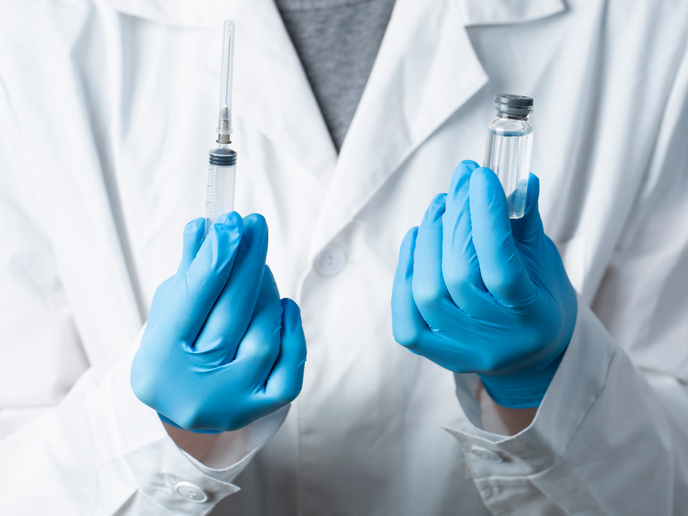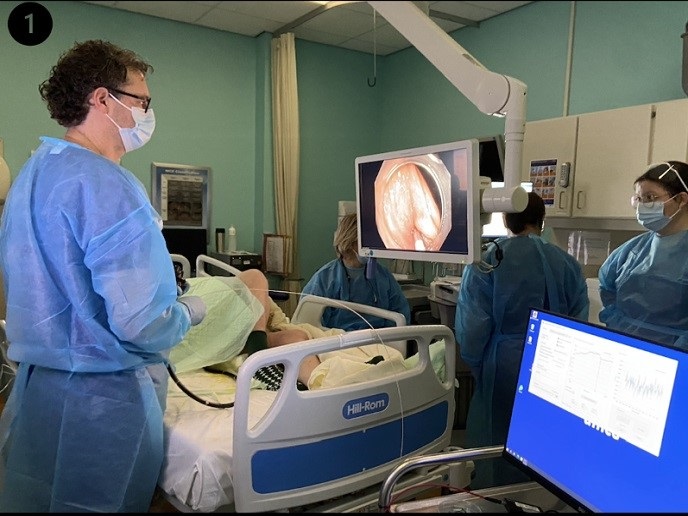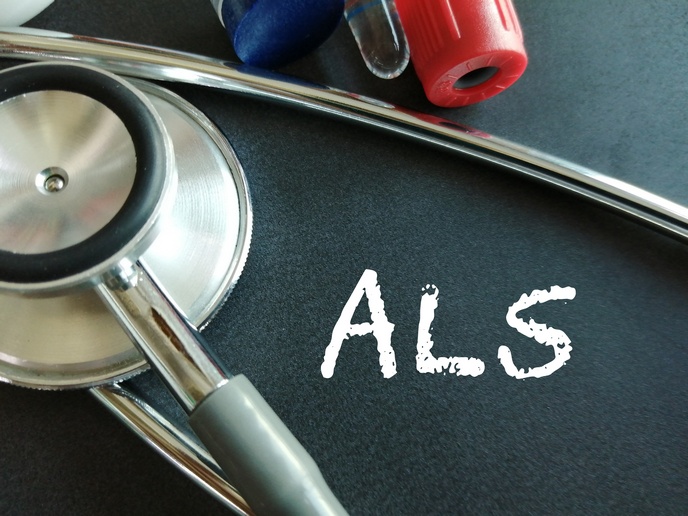New sensory technology targets healthier future for all
The RSENSE(opens in new window) project set out to address critical gaps in healthcare and environmental monitoring through the development of portable optoacoustic sensors(opens in new window) (sPROPT). “The underlying concept of optoacoustic sensing is quite simple,” explains RSENSE coordinator Vasilis Ntziachristos from the Technical University of Munich(opens in new window). “‘Optical’ refers to light illumination, while ‘acoustic’ refers to the production and detection of sound.” When light pulses reach a specific area of the body, they induce slight warming, causing a temporary expansion and contraction. This fluctuation generates sound waves, primarily within the ultrasound frequency range, imperceptible to the human ear. Capturing and processing these sound waves can help to determine properties such as composition, structure, or the concentration of substances, and can be used in the biomedical field, environmental monitoring and material characterisation.
Improving disease and environmental monitoring
The RSENSE project focused on improving disease and environmental monitoring using sPROPT techniques. This involved designing, developing, testing and validating miniaturised, cost-effective sensors for healthcare and environmental applications. The project team combined cutting-edge optoacoustic, laser diode and detection technologies to create these compact yet highly sensitive systems. Multiple partners contributed expertise in fields such as electronics, material sciences and data analysis. Research and testing were conducted across various facilities, including laboratory and real-world environments. Real-world testing included vehicular and maritime applications for environmental sensors. Medical prototypes were also validated in test models, mice and healthy volunteers.
Cost-effective sPROPT sensor prototypes
RSENSE scientists successfully developed two miniaturised sPROPT prototypes. The first, a medical sensor, demonstrated its ability to monitor microvascular changes and predict disease progression, potentially enabling earlier diagnosis of cardiovascular and metabolic diseases. Current methods for monitoring disease such as diabetes are invasive and often fail to detect early stages of disease, and to track disease progression/complications. “RSENSE has been important in promoting the concept of early disease detection and preventive care,” says Ntziachristos. “This could help to reduce healthcare costs and improve access to medical care, especially in underserved areas.” The second prototype, an environmental sensor, proved capable of detecting black carbon(opens in new window) (BC, a pollutant caused by incomplete combustion) in real time. Environmental monitoring has lacked mobile and accurate real-time measurements for harmful emissions such as BC from vehicles and ships. The portable environmental sensor developed by RSENSE aligns with the EU Ambient Air Quality Directive instructions on monitoring BC systematically, and addressing critical gaps in emissions measurement technologies. This will support the goal of achieving cleaner air for all.
Moving technology to market readiness
Both medical and environmental sensors will be brought to market by spin-offs. The medical sensor will be exploited by SPEAR UG(opens in new window), and the environmental sensor by Maurus OY(opens in new window). “We are currently applying for follow-up funding to move our technology to market readiness,” adds Ntziachristos. The project team hopes that this work will leave a transformative legacy in terms of both technological innovation and societal impact. “Overall, our hope is to improve access to healthcare and environmental monitoring conditions, promoting a healthier and more equitable future,” remarks Ntziachristos. “Additionally, we hope to have contributed towards establishing the EU as a leader in optoacoustic sensing technology. This will help foster European autonomy in healthcare and environmental monitoring sectors.”







